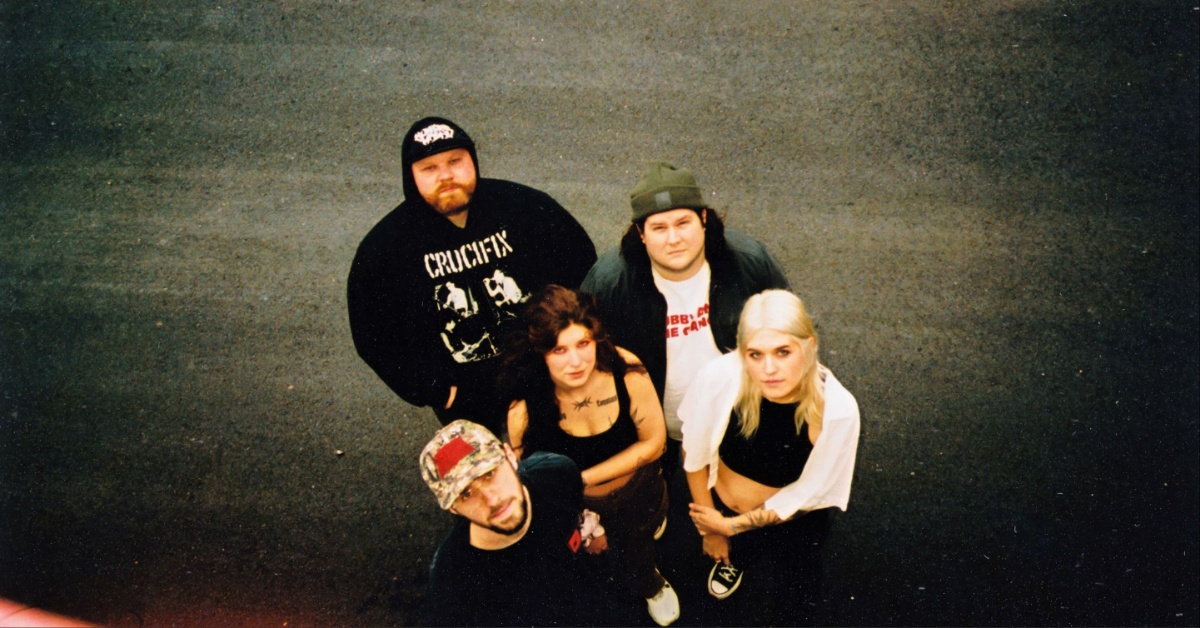Fugazi - In on the Kill Taker (Albini demos)
 |
Others have written on these demos, but I’ll revisit them since yesterday’s mixtape had a tune from In on the Kill Taker. Fugazi were somewhat creatures of habit. They jammed at Ian MacKaye’s grandparents’ house in Guilford, CT; they recorded at Don Zientara’s Inner Ear Studios in Arlington, VA (interesting how the various Fugazi albums recorded there sound so unlike).
For their third full-length, they tried something different and recorded demos in Chicago with Steve Albini. Band renowned for live chemistry + engineer renowned for live-sounding recordings = match made in heaven, right? Not exactly. Neither band nor engineer was happy with the results, and Fugazi returned to Inner Ear to record their most aggressive album.
Fugazi – In on the Kill Taker (Albini demos) [23.2MB .zip]
In an interview, MacKaye said that these sessions never saw daylight. However, MP3’s labeled as such have floated around the Internet. I don’t know if they’re the real deal, as (a) the MP3’s are encoded at an abysmally low 160 kbps, and (b) evidently the band also did previous demos at the Guilford house.
But I’d believe that Albini did these demos. The ambience and snare sound seem like they could come from him. Albini has always claimed not to have a sound, only capturing bands as they are. But while his mind may be objective, his hands must be subjective. He has to make choices regarding what sounds best to him. Thus, he’s probably prone to tendencies. The sturdiness here is quite Albini-esque.
Public Witness Program (Albini demo)Public Witness Program (final version)
Origin aside, these demos are interesting as such. At this second round of demoing, the songs were pretty much set. But they still had fascinating work-in-progress differences from the final products. “23 Beats Off” didn’t have a long noisefest of an ending; “Public Witness Program” didn’t have handclaps, which to me is 50% of the song.
These differences aren’t as huge as, say, those between the demos and final tracks of Jimmy Eat World’s Futures (all of which are on that record’s 2-CD edition, which I highly recommend; it is amazing to hear ugly (and I mean ugly) duckling demos turned into pop perfection). But they’re meaningful. For a band as seemingly spontaneous as Fugazi, these demos show that every vocal “ad lib” and string scrape was not only planned, but also finely tuned.










